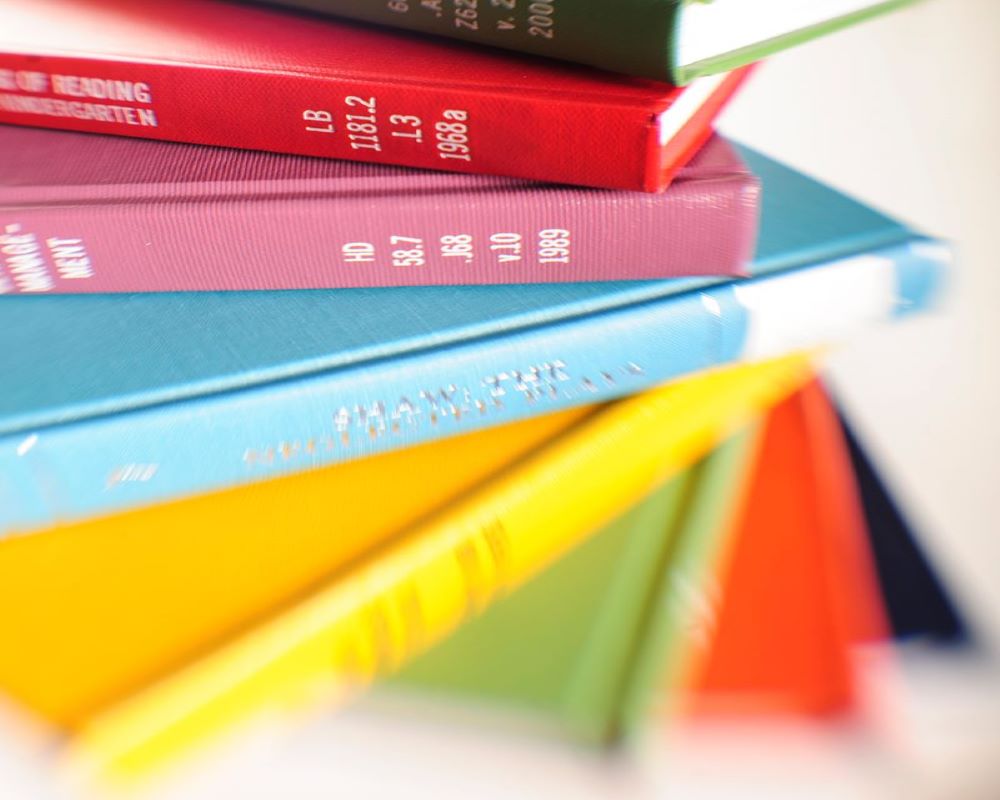In accordance with the position of the Council of Writing Program Administrators, the Ellbogen Center for Teaching and Learning does not recommend relying on software to detect plagiarism. Instead, we suggest incorporating iterative assignments to discourage plagiarism and to encourage good research and revision practices. Example assignments include drafts, progress reports, prospectuses, bibliographies, and reflections about the writing process. Prior to assigning written work, it is also useful to have an open discussion with your class about why intellectual honesty matters as well as what plagiarism looks like in your discipline.
Despite these strategies, you may still encounter plagiarism during your teaching career, be it intentional or inadvertent. Often a simple web search, using Google for example, can determine if a text has been plagiarized. In our tests, a simple Google search performed as well as any online plagiarism detector, even on variations of the text.

If a simple web search does not yield definitive results, consider the following steps:
-
Try a free, online plagiarism checker. Many instructors use Grammarly, an online grammar and spelling checker, that also includes plagiarism detection (https://www.grammarly.com/plagiarism-checker). Although Grammarly is free, you must create an account to see your results.
-
Trust your instincts and experience to make educated guesses about online articles and books that your students might have copied.
The best way to deter plagiarism is to minimize students’ ability to turn in copied work--and also to teach students what you, personally, consider to be plagiarism. Despite the common notion that plagiarism is easy to determine, Jennifer Mott-Smith argues, “Nothing is simple about plagiarism. In fact, the more we examine plagiarism, the more inconsistencies we find, and the more confusion.” Citation expectations in science writing differ in important ways from citation in literary analysis, for example, and all instructors can help to build students’ awareness of the complexity of acceptable use in disciplinary and professional settings.
These additional resources may help:
UW Resources
-
UW Writing Center consultations: The Writing Center's consultants are trained to catch obvious instances of plagiarism, and can help with summary, paraphrase, and direct quotation to avoid accidental plagiarism. They also help students with developing tone/voice, brainstorming ideas, and working with the research librarians to find appropriate sources.
-
Creating Assignments that Discourage Plagiarism, from UW's LeaRN program
Useful Articles, Tutorials, and Assignments
-
"How to Recognize Plagiarism”: Tutorial with examples and exercises (Indiana University Bloomington)
-
“A Positive Solution for Plagiarism”: Article and assignment from English instructor, Jeff Karon (Chronicle of Higher Education)
-
“On Plagiarism”: Blog post from Caroline Eisner, professional consultant (Textbook and Academic Authors Association)
For more advice or information, please contact us at wyocourses-inst@uwyo.edu.

